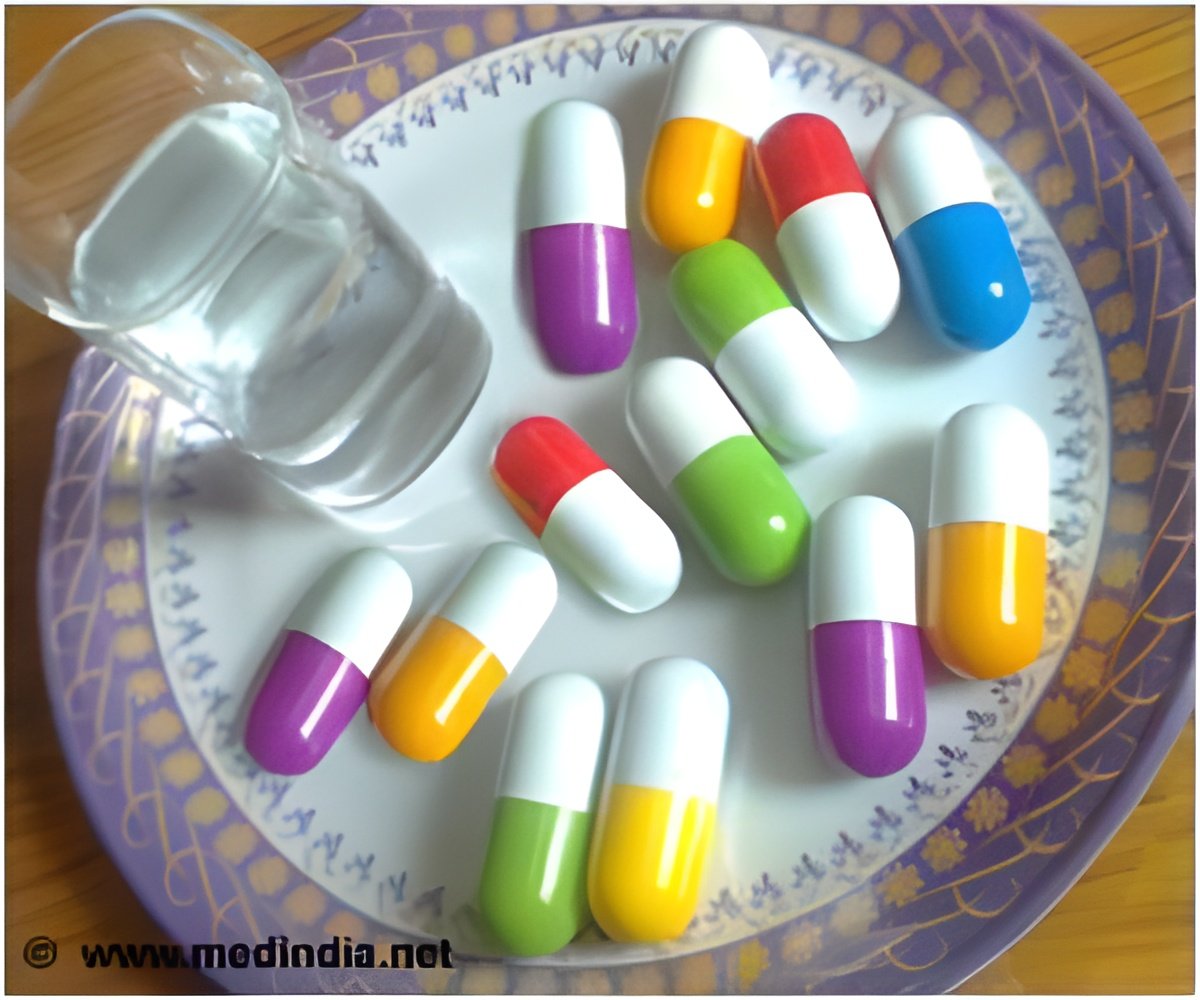
"Many promising drugs fail because they cannot cross the blood-brain barrier sufficiently to provide a therapeutic dose to the brain," said David Miller, Ph.D., head of the Laboratory of Toxicology and Pharmacology at NIEHS, and leader of the team that performed the study. "We hope our new strategy will have a positive impact on people with brain disorders in the future."
In a two-pronged approach, the research team first determined that treating rat brain capillaries with the multiple sclerosis drug marketed as Gilenya (fingolimod) stimulated a specific biochemical signaling pathway in the blood-brain barrier that rapidly and reversibly turned off P-glycoprotein. Team members then pretreated rats with fingolimod, and administered three other drugs that P-glycoprotein usually transports away from the brain. They observed a dramatic decline in P-glycoprotein transport activity, which led to a threefold to fivefold increase in brain uptake for each of the three drugs.
Ronald Cannon, Ph.D., is a staff scientist in the Miller lab and first author on the paper. He said one of the burning questions the team wants to tackle next is to understand how the signaling system turns off P-glycoprotein. He equates the mechanism to what happens when a person flips a light switch.
"If you physically turn off a light using the button on the wall, the light will go out because the electrical current to the light bulb has been interrupted," Cannon explained. "But what happens when the signaling pathway shuts down P-glycoprotein? Does it bring in another protein to bind to the pump, take away its energy source, modify the structure of the pump, or something else?"
Cannon said the paper's findings open a new way of thinking regarding targets for drug design, a thought that is emotionally gratifying for him and many other researchers whose scientific discoveries generally don't directly translate into helping people with illnesses.
Advertisement
Advertisement















